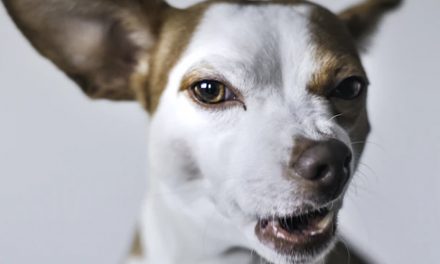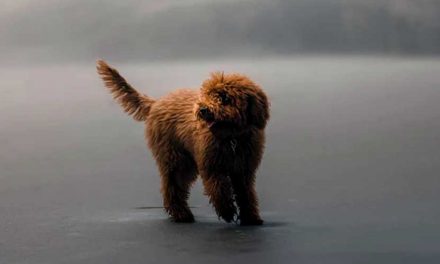When considering the roles dogs play in our lives, one of the most notable is their instinct to protect their family and home.
This behavior is deeply rooted in their ancestry as pack animals, where loyalty and protection were essential for survival.
But to what extent do dogs truly prefer to safeguard their families and homes?
Let’s explore the reasons behind this protective instinct and how it manifests in our furry companions.
The Ancestral Roots of Protection
Dogs are descendants of wolves, which are known for their complex social structures and strong familial bonds.
In a wolf pack, the safety of the group is paramount, and members work together to protect their territory and young.
Modern domestic dogs have inherited these traits, leading them to develop similar protective instincts.
Even in a home environment, many dogs view their human families as their “pack,” and they feel a natural obligation to protect them.
Instinctual Behavior
Dogs have a range of instinctual behaviors that further enhance their inclination to protect.
Breeds that were specifically developed for guarding and protection, such as German Shepherds and Rottweilers, exhibit heightened protective instincts.
However, even non-guard breeds may show protective behaviors when they sense a threat to their family or territory.
Many dogs will bark, growl, or position themselves between their loved ones and intruders.
This response is part of their instinct to alert the pack of potential dangers.
Often, it’s not just the physical presence of an intruder that triggers these protective behaviors; changes in a family member’s mood or stress levels can also cause a dog to act in a protective manner.
Bonding and Loyalty
Dogs are incredibly social animals and are known for their loyalty to their human families.
This bond often translates into a protective instinct, as dogs become motivated not only by the desire to guard their physical territory but also to shield their loved ones from perceived threats.
The emotional connection between a dog and its human family can lead to vigilance and protective actions, which are most pronounced in moments of distress or unfamiliar situations.
Environmental Influences
A dog’s upbringing and living environment play crucial roles in shaping its protective instincts.
Socialization during puppyhood impacts how a dog reacts to new people, situations, and potential threats.
A well-socialized dog may be more discerning about who it perceives as a threat, while a poorly socialized dog may react fearfully and defensively.
Training also contributes to this behavior; a dog that has undergone basic obedience training is more likely to respond appropriately to commands in a situation where protection is needed.
Balancing Protection with Sociability
While many dogs have natural protective instincts, it is essential for pet owners to ensure this behavior is balanced with sociability and appropriateness.
Overzealous protectiveness can lead to issues such as aggression towards strangers or behaviors stemming from fear.
Proper socialization and training can help guide a dog’s protective instincts in a positive direction, reinforcing good behavior while still allowing them to express their protective nature.
Conclusion
In summary, dogs do generally prefer to protect their families and homes, driven by their ancestral instincts, loyalty, and deep emotional bonds with their humans.
Their protective behavior can be a wonderful trait, offering a sense of security and companionship.
However, it’s crucial to manage and train these instincts so that they are displayed appropriately.
By understanding and nurturing a dog’s protective nature, we can create a safe and harmonious environment for both our pets and our families.









